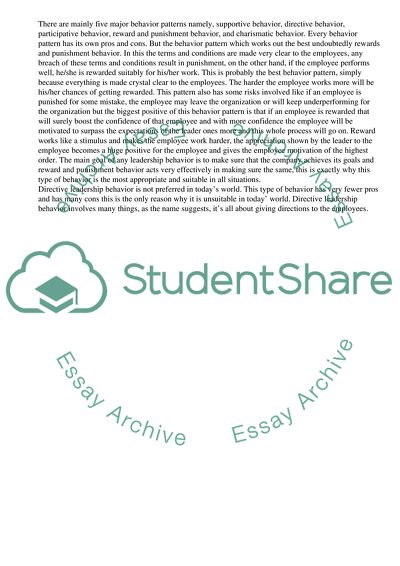Cite this document
(“Good Leaders Know How to Get the Best Out of Others Coursework”, n.d.)
Good Leaders Know How to Get the Best Out of Others Coursework. Retrieved from https://studentshare.org/management/1766335-leadership-in-the-workplace
Good Leaders Know How to Get the Best Out of Others Coursework. Retrieved from https://studentshare.org/management/1766335-leadership-in-the-workplace
(Good Leaders Know How to Get the Best Out of Others Coursework)
Good Leaders Know How to Get the Best Out of Others Coursework. https://studentshare.org/management/1766335-leadership-in-the-workplace.
Good Leaders Know How to Get the Best Out of Others Coursework. https://studentshare.org/management/1766335-leadership-in-the-workplace.
“Good Leaders Know How to Get the Best Out of Others Coursework”, n.d. https://studentshare.org/management/1766335-leadership-in-the-workplace.


